Understanding Drum Machines
Before diving into the factors to consider when buying a drum machine, it’s crucial to understand what a drum machine is. In the simplest terms, a drum machine is an electronic musical instrument designed to imitate the sound of drums, cymbals, other percussion instruments, or any sort of sound imaginable.
Drum machines can be hardware-based, like the Roland TR-8S or the Elektron Analog Rytm MKII, or they can be software-based, running on your computer or mobile device. This guide focuses on hardware-based drum machines, which offer physical interaction crucial for performance and nuanced sound design.
The Importance of a Drum Machine
In the digital age of music production, drum machines have become a staple in professional studios and home setups alike. They offer flexibility and precision, allowing producers and musicians to create complex rhythms without needing a live drummer.
Now that we’ve covered the basics of what a drum machine is and why it’s an essential piece of equipment for music production let’s delve into the various factors to consider when purchasing one.
Performance and Versatility
When we talk about performance in drum machines, we are referring to how well the drum machine can create and modify sounds, sequences, and patterns.
Sound Creation
Consider the variety of sounds the drum machine can produce. Machines like the Roland TR-8S excel in their ability to create a wide array of drum sounds, from punchy kicks to crisp hi-hats. In addition, some machines allow for the layering of internal sounds and samples, providing the ability to craft unique and complex percussion sounds.
Sequencing and Patterning
Sequencing refers to the arrangement of your drum sounds into patterns or beats. Some machines, such as the Behringer RD-8, offer advanced sequencing features like a 64-step sequencer, while others, like the Arturia DrumBrute Impact, offer simpler sequencing capabilities with an easy-to-understand interface.
Versatility
Versatility pertains to how well a drum machine can handle a variety of genres and styles. For example, the Elektron Analog Rytm MKII excels in versatility with its blend of analog drum sounds and digital sample playback.
Sound Type: Analog vs. Digital
Drum machines are often classified by the type of sound they produce – analog or digital.
Analog Drum Machines
Analog drum machines generate sounds through analog circuits. They offer a warm, natural sound that many producers and musicians find desirable. If you’re looking for a drum machine that provides warm, rich, and full-bodied drum sounds, an analog drum machine like the Behringer RD-8 might be an excellent option.
Digital Drum Machines
Digital drum machines, on the other hand, generate sounds through digital sampling. They offer a wide range of sounds, from realistic acoustic drum samples to synthesized electronic beats. Digital drum machines like the Akai Professional MPC Live II are highly versatile and often offer more advanced features than their analog counterparts.
Ease of Use and Interface
When it comes to drum machines, the user interface plays a crucial role in determining how easy it is to create and modify beats. A well-designed interface can make the process of beat creation intuitive and enjoyable, while a poorly designed interface can make it frustrating and difficult.
For beginners, it’s generally best to choose a drum machine with an intuitive interface that makes it easy to understand and control the machine’s features. A good example of this is the Arturia DrumBrute Impact, which features a well-laid out interface with clear labeling and dedicated controls for each of its features.
More advanced users might prefer a drum machine with a comprehensive and complex interface. Machines like the Akai Professional MPC Live II offer many features and controls, allowing for greater precision and flexibility in creating beats.
Connectivity
Connectivity is another vital factor to consider when choosing a drum machine. The right connectivity options can greatly enhance your music-making experience, allowing you to integrate your drum machine with other equipment in your setup, whether in a live performance or studio environment.
Some of the key connectivity options to look for include:
- MIDI: MIDI connectivity allows your drum machine to communicate with other MIDI-enabled devices. This can be particularly useful in a studio setup where you might want to sync your drum machine with a digital audio workstation (DAW) or other MIDI hardware.
- Audio Outputs: Audio output connectivity is essential for connecting your drum machine to an audio interface, mixer, or directly to speakers. Look for drum machines that offer multiple audio outputs for more routing flexibility.
- USB: A USB connection can be used for various purposes, such as transferring data between your drum machine and a computer or for MIDI communication.
The Behringer RD-8, for example, offers a wide range of connectivity options, including MIDI, multiple audio outputs, and USB, making it a great option for those looking for maximum integration with their existing gear.
Portability and Power Options
If you’re a producer or musician who’s constantly on the move, the portability of your drum machine should be a major consideration. Smaller, more compact models can easily fit into a backpack or gig bag for easy transport.
Also, consider the machine’s power options. Some drum machines, like the Akai Professional MPC Live II and the Korg Volca Beats, can run on batteries, allowing you to create beats wherever inspiration strikes.
Build Quality and Durability
As with any piece of musical equipment, the build quality and durability of a drum machine are important considerations. A well-built drum machine will be able to withstand the rigors of live performances and frequent transport.
Ensure the drum machine you choose is solidly built, with high-quality controls and a robust casing. This extends the machine’s lifespan and contributes to a better, more reliable performance.
Budget and Value for Money
Lastly, your budget is essential in choosing the right drum machine. While it’s true that you often get what you pay for in terms of quality and features, many affordable drum machines offer excellent performance and versatility.
The Korg Volca Beats, for instance, is a compact and affordable drum machine that still delivers a powerful performance, making it a great option for those on a budget.
When determining your budget, consider the value for money that each drum machine offers. This involves comparing the machine’s quality, features, and performance against its price.
Unleashing Your Creativity: Drum Machine Tips
Whether you’re a seasoned beatmaker or just starting your rhythmic journey, understanding how to get the most out of your drum machine can transform your music-making experience. Here are a few tips to help you master your drum machine and elevate your creativity to a whole new level:
1. Understand Your Machine Inside Out
Before diving into complex rhythms and patterns, take some time to truly familiarize yourself with your drum machine. This extends beyond knowing which button triggers which sound. Dive into the manual, watch tutorials, and experiment with every function. The deeper your understanding, the more creatively you can use your machine.
2. Start with Basic Patterns
Try beginning with basic patterns rather than attempting complex rhythms right from the start. The foundational rhythm in most Western music is the 4/4 beat, often with the kick on the first and third beats, and the snare on the second and fourth. Once this basic pattern is down, you can add elements like hi-hats, percussion, or more complex kick and snare patterns.
3. Explore the Swing Function
Many drum machines feature a ‘swing’ function, which can add a bit of groove to your patterns by delaying the second and fourth beat slightly. This can give your beats a more human, less robotic feel. Start with a subtle amount of swing, and increase it as desired.
4. Layer Sounds
Drum machines excel at layering sounds, adding depth and richness to your beats. Try layering different kick or snare sounds, or adding subtle percussion layers. This can add interest and complexity to your beats without making them overly busy.
5. Utilize Automation
Most modern drum machines allow you to automate parameters like pitch, volume, or effect parameters. This can add movement and dynamism to your beats, keeping them interesting over longer periods. Remember, subtlety is often key here. Small, gradual changes can be very effective.
6. Experiment and Have Fun
Perhaps the most important tip is to experiment and have fun. The beauty of a drum machine is in its endless possibilities. Don’t be afraid to try out strange rhythms, weird sound combinations, or unconventional techniques. Sometimes, the most exciting musical ideas come from unexpected places.
By following these tips, you’ll be well on your way to becoming a drum machine expert, ready to take your beats to the next level. Remember, the best drum machines are the ones that inspire you to create and explore.







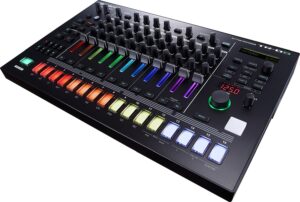

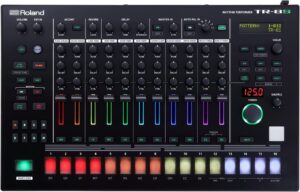


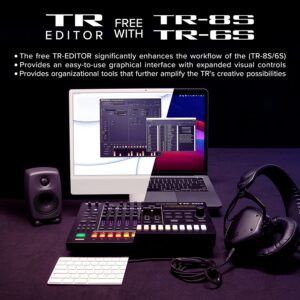
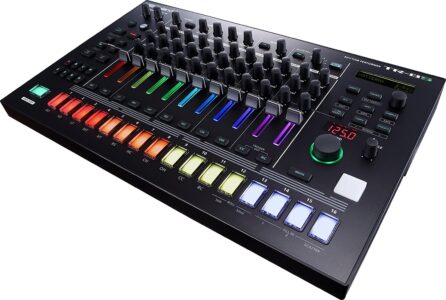
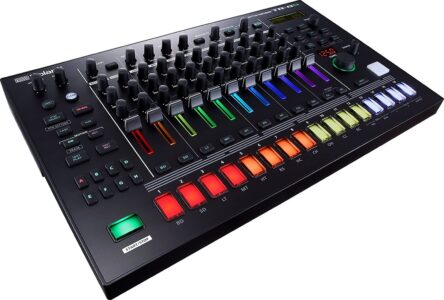
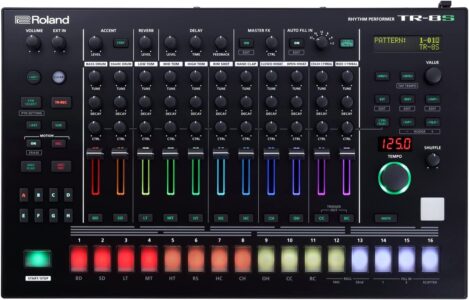


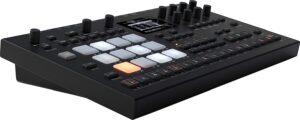

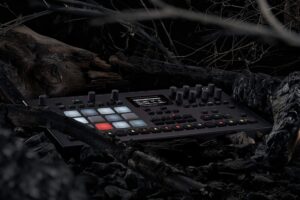
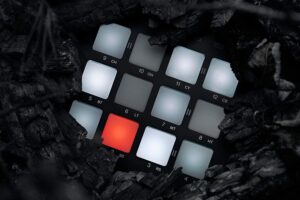

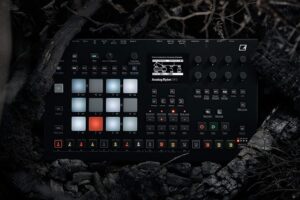
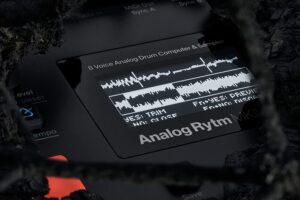


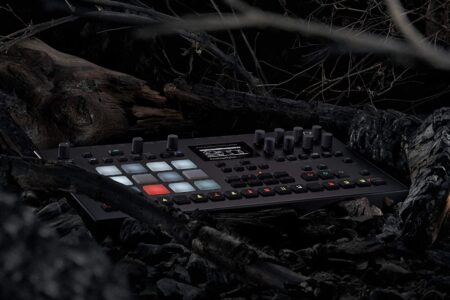
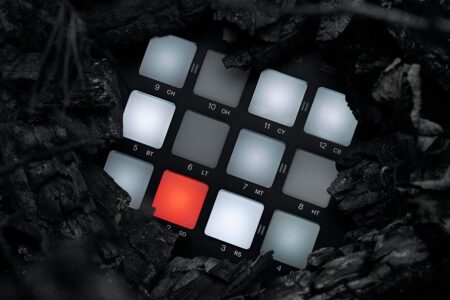
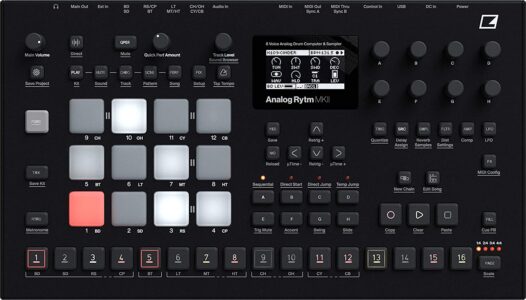

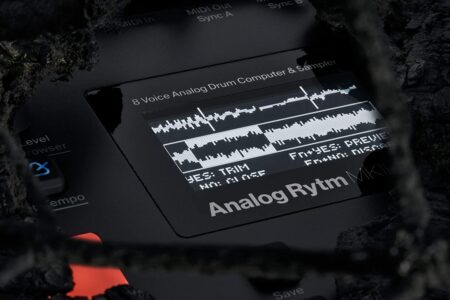

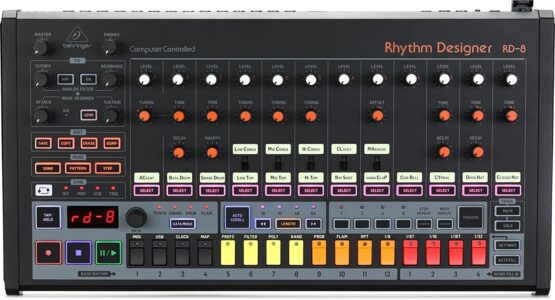
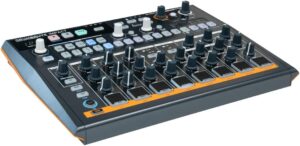

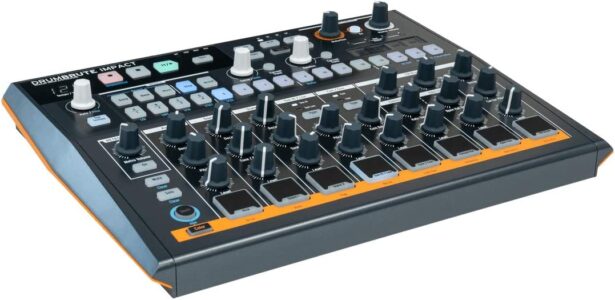


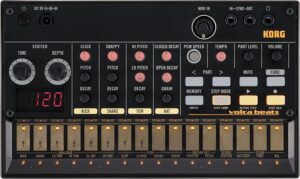
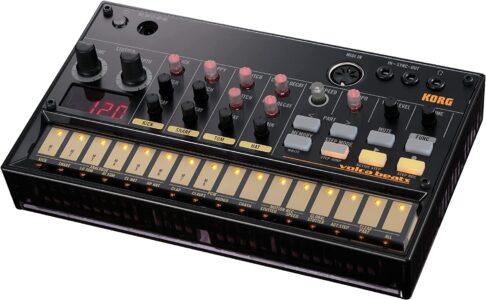
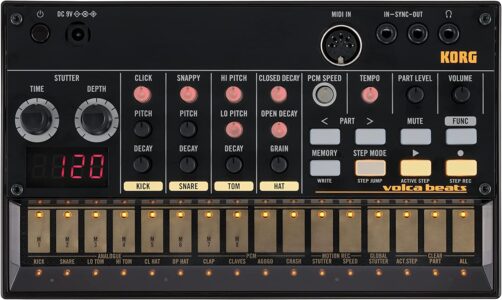

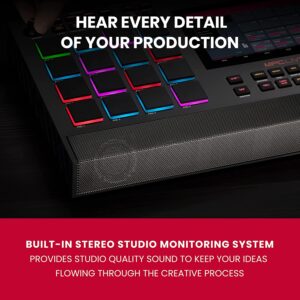
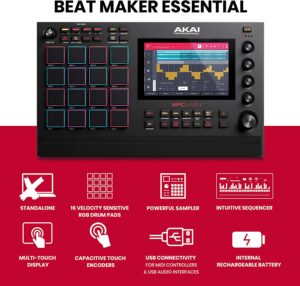
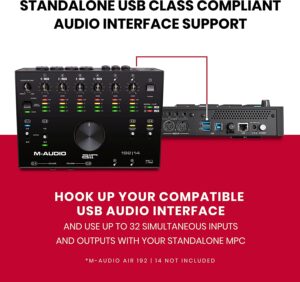
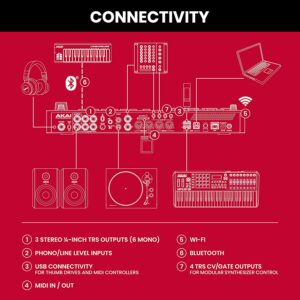
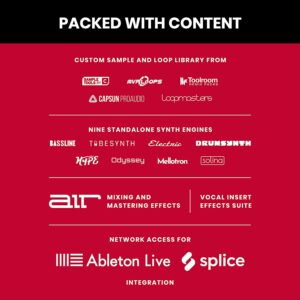
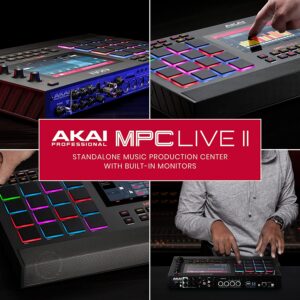
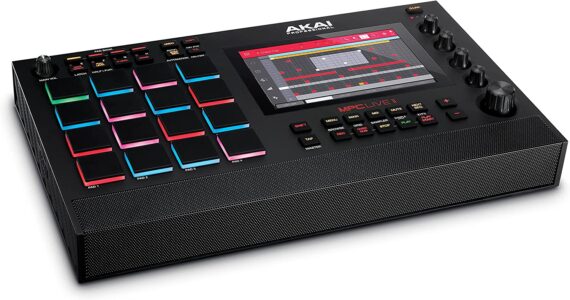
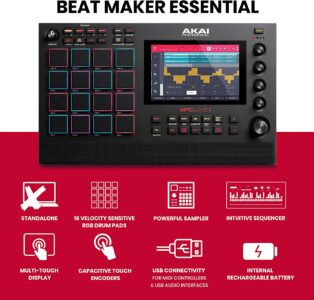
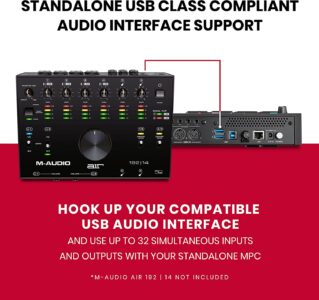





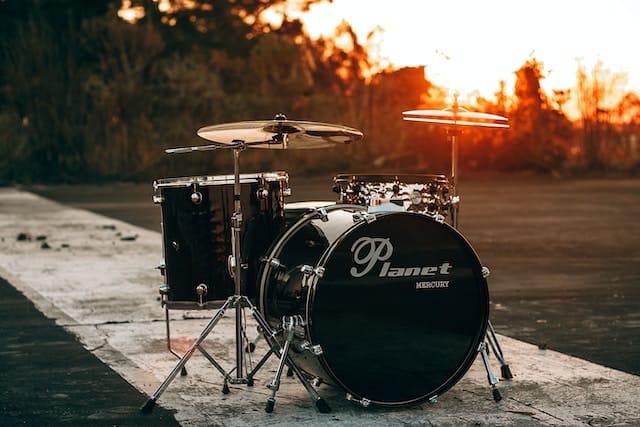
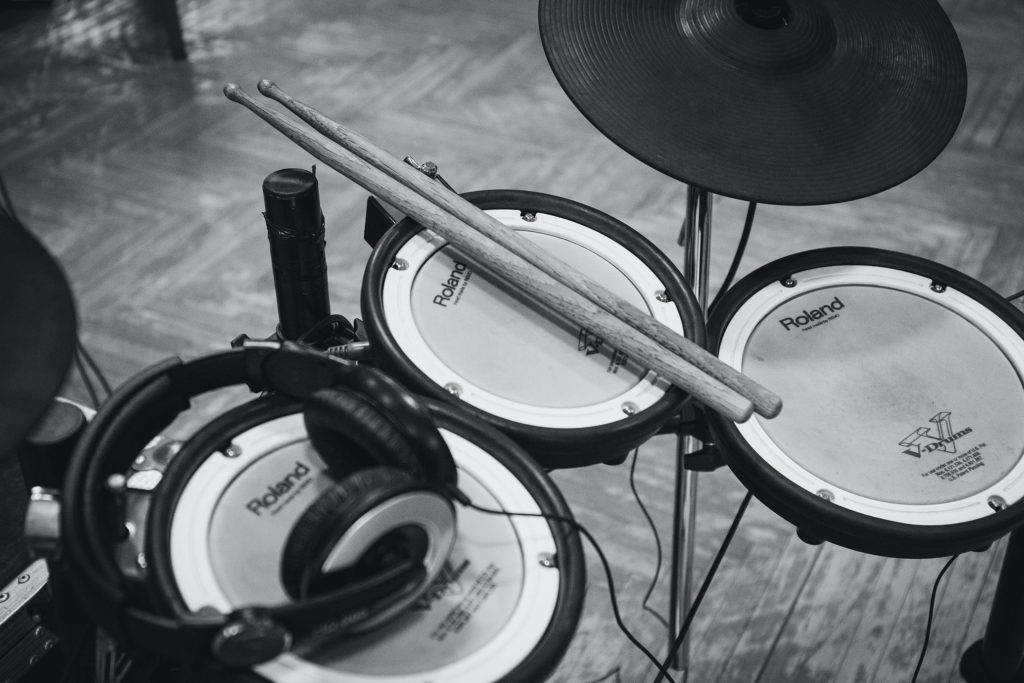


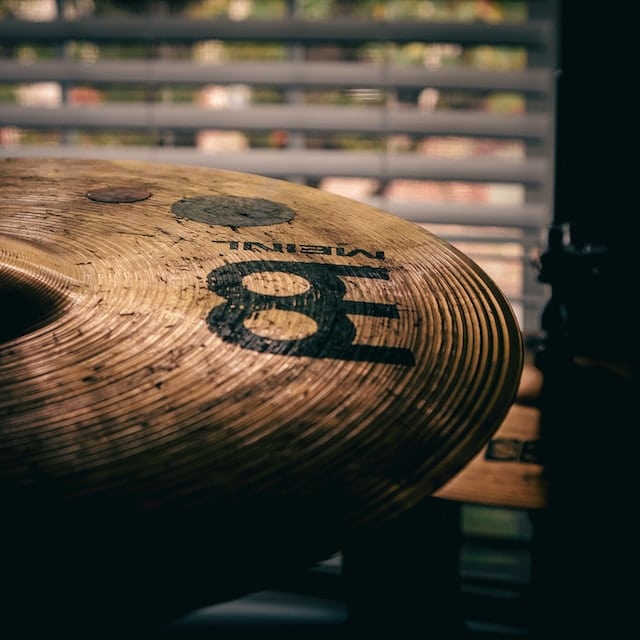
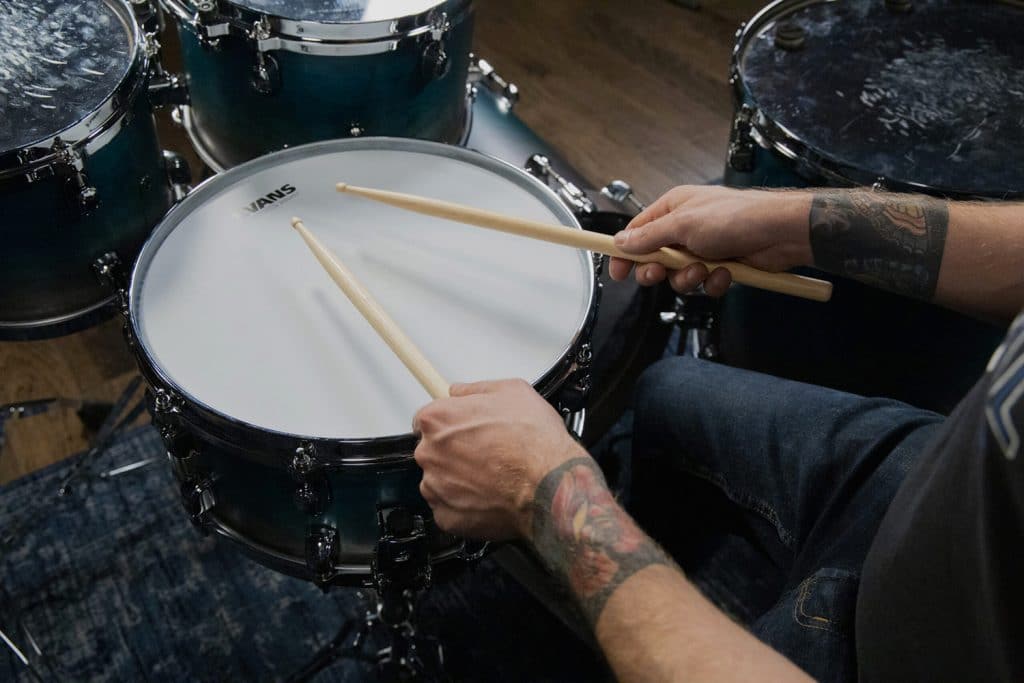
I’ve always been interested in drum machines and this guide is really helpful in understanding their different features and what to look for when buying one. Can’t wait to start creating my own beats!
Great article! I’m really into sound creation and it’s good to know which drum machines offer a wide variety of sounds. I’m curious though, are there any drum machines that allow for live sampling?
Thank you for your feedback! I’m glad you found the article helpful. When it comes to drum machines with live sampling capabilities, there are a few options worth considering. One popular choice is the Elektron Digitakt. It not only offers a wide range of built-in sounds but also allows you to sample and manipulate your own sounds in real-time. Another option is the Roland SP-404SX, which is known for its excellent sampling capabilities and intuitive live performance features. Additionally, the Akai MPC series, particularly the MPC Live and MPC X, are renowned for their sampling capabilities and versatility. These are just a few examples, and there are certainly other drum machines out there with live sampling capabilities. I hope this helps! Let me know if you have any more questions.
I love the tips at the end of the article! Layering sounds and experimenting with automation sounds like a lot of fun. Can’t wait to try it out on my new drum machine!